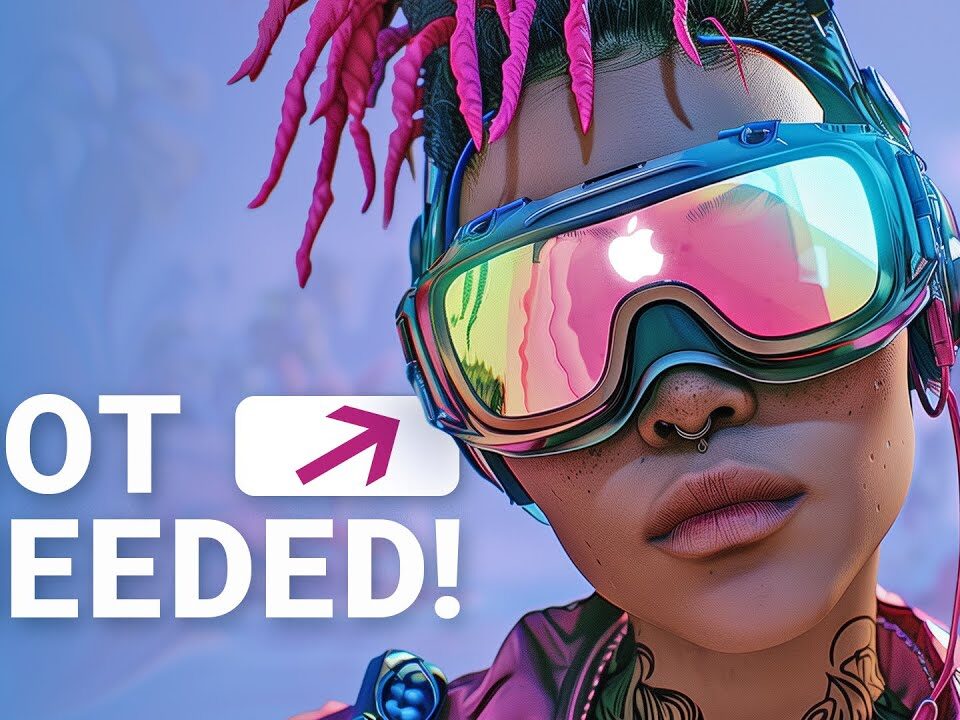With the release of Apple’s Vision Pro headset, virtual personas are becoming increasingly commonplace. Unlike the Vision Pro, which scans your face to craft a video game character, a novel AI paper from NVIDIA is pushing boundaries even further, creating virtual personas without the need for camera attachments. It sounds nearly impossible, but the technology is here.
NVIDIA’s innovative AI technology stands out for its ability to synthesize a human figure from just a single image. Previous methods struggled significantly, but this new model defies expectations, reproducing a person from various angles with astonishing accuracy—even from a simple webcam feed in real time. Imagine having your photo or a live camera feed and suddenly becoming a character in your favorite video game. The AI adapts even in challenging scenarios like wearing or removing headphones and glasses, with impressive results, including realistic reflections on glass lenses.
The AI was tested under various conditions, including the presence of accessories and even on non-human subjects like dolls and babies. The lack of person-specific calibration is noteworthy; the system can see an individual for the first time and generate an accurate virtual persona, even accommodating stylized images and cats, albeit with minor issues like temporal coherence affecting the fur.
Speed is another compelling aspect of this technology. While earlier techniques required minutes to render results, the NVIDIA AI accomplishes it in mere tens of milliseconds, making it essentially interactive. This rapid processing opens doors for practical applications beyond gaming, such as videoconferencing. Just a single image and minimal data are needed to create a high-fidelity avatar, significantly reducing bandwidth requirements and improving interactions over unstable internet connections.
However, while the technology is impressive, it’s not flawless. Issues like the occasional misplacement of elements (for example, beards sticking to the wrong surface) and temporal coherence problems still exist. But as is common in research, each paper builds upon the last. Remember the early days of style transfer in video, plagued by flickering effects? A few iterations down the line, these issues were largely resolved. Therefore, further advancements in this AI technology are expected to smooth out the remaining quirks.
In another fascinating demonstration, the AI even tackled stylized images with ease—something it wasn’t initially trained to handle. The results were impressive, suggesting a broad range of future applications. It’s not hard to imagine how this could revolutionize virtual work meetings or video calls with loved ones, making remote interactions feel more personal and lifelike.
While not yet perfect, NVIDIA’s groundbreaking AI represents a significant leap forward in creating virtual personas rapidly and accurately. As the technology continues to evolve, it promises to revolutionize various applications, from gaming to virtual meetings, and make digital interactions more immersive than ever before.











